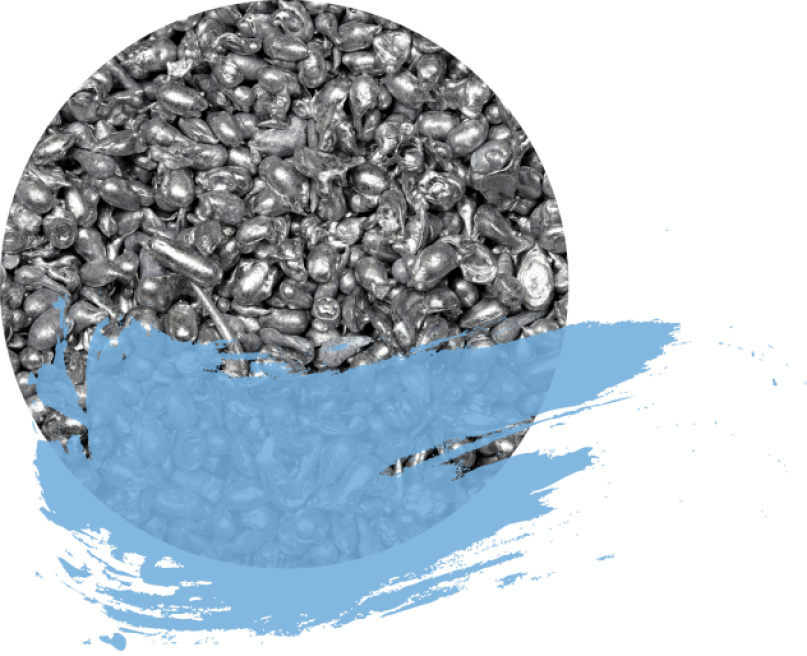We offer a solution for quantifying exposure to phthalates and bisphenols. These molecules are toxic endocrine disruptors, to which we are all exposed to a greater or lesser extent, and which have been the subject of significant regulatory changes over the last 10 years.
The most sensitive populations are children, especially under the age of 3 and also up to adolescence. Women planning pregnancy and pregnant women are also directly concerned.
We are now in a position to understand this exposure, however variable and fluctuating it may be, and targeted preventive measures can be recommended by our experts, thus promoting an effective reduction in exposure to these endocrine disruptors.






